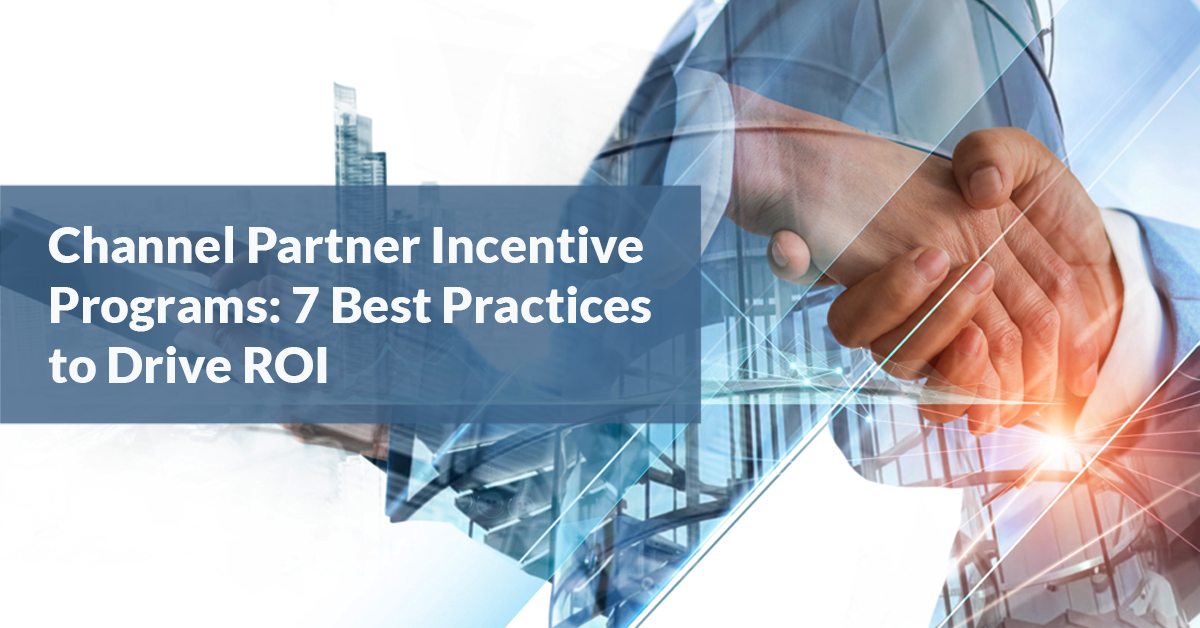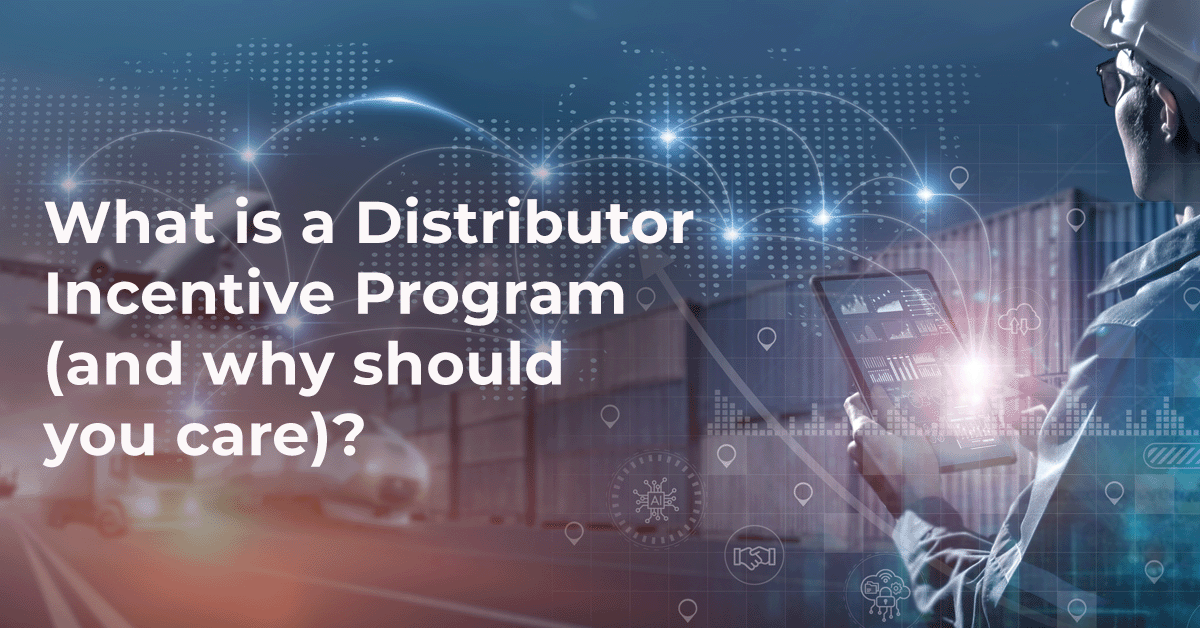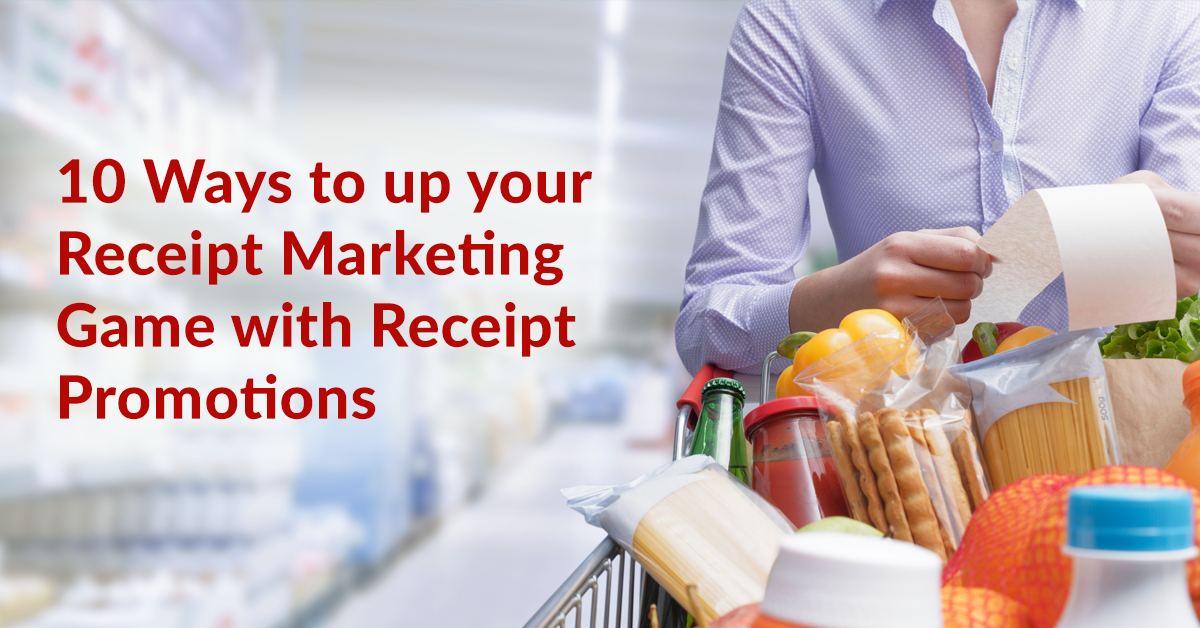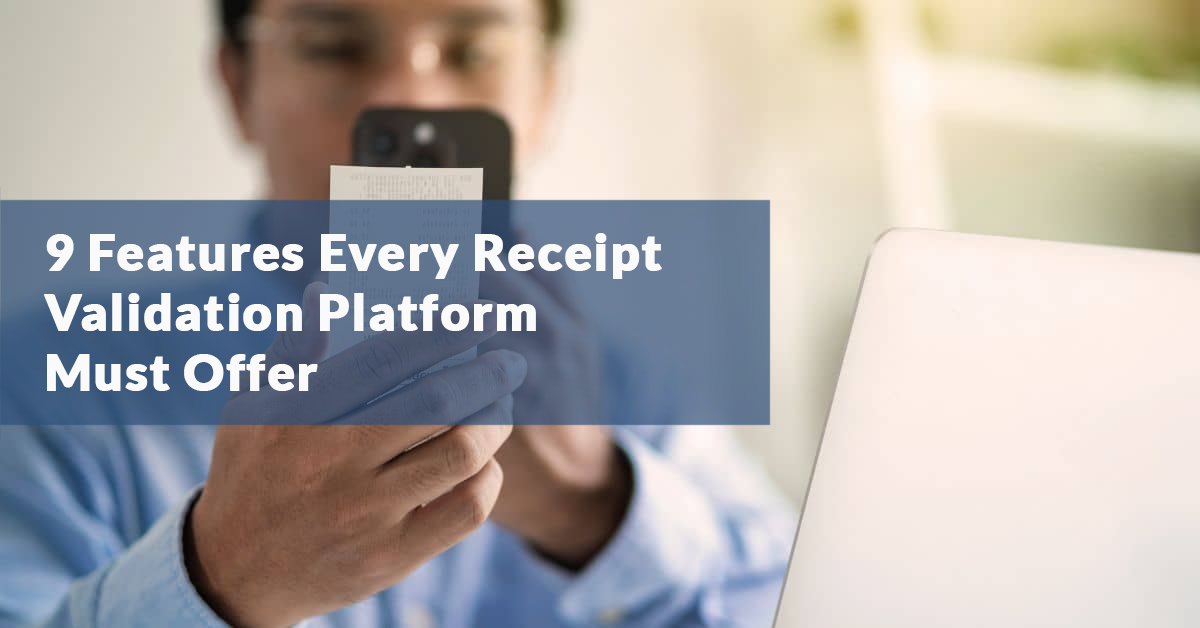Once dismissed as a ‘nice-to-have’, B2B brands have realized that a well-run channel partner incentive program is now a strategic necessity.
Failing to invest in yours can result in losing mindshare to your competitors and erode partner loyalty. So, how do you create an effective program that keeps partners engaged and drives revenue? It starts with these seven best practices:
- Have a clear structure
- Create a smooth partner experience
- Align incentives with the partner journey
- Offer incentives that encourage partner growth
- Drive engagement with gamification
- Provide enticing yet accessible rewards
- Review and refine over time
What are Channel Partner Incentive Programs?
Channel partner incentive programs are structured reward systems designed to encourage partners to prioritize your products and services. For example:
- Distributors
- Contractors
- Installers
- Resellers
- Affiliates
- Manufacturers
- Retailers
Partner incentive programs typically combine financial rewards (digital rebates, discounts, sales performance incentive funds) with non-financial rewards (exclusive access to products or services, partner awards, training opportunities, branded merch, gift cards).
Channel partner programs come in various forms – from reseller incentive programs for direct sales partners to fully fledged channel loyalty incentive programs for different partner types. Regardless of the structure, the goal is always the same: to forge mutually beneficial relationships that drive measurable ROI.
7 Channel Partner Incentive Program Best Practices
1. Have a Clear Structure
Typically, incentive programs follow either a traditional tiered structure or a more dynamic, points-based model. But whichever route you choose, clarity should always come first.
Overcomplicated rules and unclear KPIs cause confusion and frustration. Instead, focus on making enrolment, expectations, targets, rewards, and redemption processes transparent. Similarly, ensure partners have easy access to your program’s rules and terms.
A robust B2B loyalty platform can streamline this process. For instance, interactive dashboards enable channel partners to track their progress towards new rewards, set individual program targets, and more.
Implementation
Not sure if a tiered or points-based structure is right for you? It all depends on your partner ecosystem.
Tiered structures are great for recognizing long-term value and loyalty but often result in uneven groupings and can overlook partners who contribute in less direct ways. Points-based models, on the other hand, reward a broader range of partner activities beyond just sales. For example, marketing support, certifications, and customer enablement.
Benefits
When partners clearly understand how your program works, and how they can progress, they're more likely to stay engaged and motivated. This drives better performance, stronger alignment with your goals, and greater ROI.
Program example: IBM
IBM's Know Your IBM is a simple, points-based B2B loyalty program designed for global resellers. By engaging in educational activities and selling select IBM solutions, participants rack up points which they can exchange for gifts. The blend of e-learning, gamification, and simplicity keeps partners participating all year round.
2. Create a Smooth Partner Experience
A smooth, intuitive experience is key to driving adoption and long-term participation. If your program’s hard to use, channel partners won’t engage – no matter how good the rewards are.
Make it easy for partners to access the program anytime, anywhere. That includes mobile-friendly design, simple navigation, and fast, self-serve tools. Everything from enrolment to reward redemption should be quick and hassle-free.
This also extends to program support. Whatever channel they use or time zone they’re in, channel partners should always be able to get fast, helpful responses to their queries.
Implementation
Providing a smooth partner experience starts by mapping the full partner journey across your incentive program – from onboarding to reward redemption and support. Identify potential pain points or bottlenecks and work out how you can improve them. For instance, could you automate elements of the program to reduce friction?
Next, invest in digital tools that prioritize usability. Look for platforms that offer mobile compatibility, intuitive dashboards, and scalable integrations with your customer relationship management (CRM) software. Don’t overlook support here, either. Consider using a mix of live agents, knowledge bases, and AI chatbots to help partners resolve issues quickly, wherever they are.
Benefits
When the experience is effortless, partners are more likely to participate frequently, submit claims accurately, and engage with your program in the long term. This not only boosts satisfaction but also improves data quality, accelerates reward cycles, and drives stronger program performance.
Program example: AWS
AWS enhanced its partner experience with the launch of AWS Partner Assistant, an AI-powered tool built into its Partner Central and Marketplace portals. It helps partners get instant, contextual support without digging through documentation. AWS also streamlined its Migration Acceleration Program (MAP) with automated funding templates and real-time milestone tracking. These updates reduce friction, speed up claims, and make navigating the portal far easier. The result is a smooth, intuitive digital journey that keeps partners engaged and efficient.
3. Align Incentives with the Partner Journey
From referring leads and co-creating solutions to driving retention and sharing thought leadership, partners contribute at various stages of the customer lifecycle. Your channel partner incentive program should reflect this.
Implementation
Modernize your incentive program by rewarding partners for transactional and non-transactional behaviors.
Examples of non-transactional behaviors include:
- Completing training modules
- Engaging with your brand on social media
- Writing product or service reviews
- Referring qualified leads
- Providing post-sales support
Training-based rewards are always worthwhile. As partners are often the first point of contact for buyers, the more they know about your products and services, the better they can represent you. For example, rewarding partners for providing exceptional post-sales support strengthens your brand reputation while saving you time and resources you’d otherwise spend managing it directly.
As B2B influencer marketing continues to grow, adapting your incentives to this more nuanced partner journey is essential.
Benefits
By aligning incentives with the full partner journey, you encourage deeper engagement, broader participation, and stronger advocacy across your ecosystem. This unlocks the full value of your partner network, turning every interaction into an opportunity for mutual growth.
Program example: Blackbaud
Software company, Blackbaud, incentivizes current customers to become product influencers – also known as Blackbaud Champions. The program encourages Champions to share their experience of how Blackbaud solutions helped them advance their missions. By providing feedback and sharing content on social media, Champions earn Reward Points they can redeem for discounts, complimentary passes, gift cards, VIP experiences, and more.
4. Offer Incentives that Encourage Partner Growth
A well-rounded incentive strategy shouldn’t focus solely on short-term performance. It’s just as important to support long-term growth – for partner companies and sales reps alike. Tailoring rewards to both levels helps to sustain engagement across your network.
Implementation
For partner companies, offer strategic incentives like discounts, rebates, and market development funds (MDFs) that can give your profit margins a healthy boost.
For sales reps, use sales performance incentive funds (SPIFs) to provide more immediate, tangible rewards. For example, gift cards or event tickets. Rewards like these can sustain momentum, particularly during slower periods.
You can also add depth to your incentive with:
- Volume-based rebates to stimulate sustained sales
- Co-op funds that support performance-based marketing
- Innovation funds that provide financial or knowledge-based support for business expansion
Don't overlook deal registration or referral incentives that reward partners for securing new opportunities early in the sales process.
Benefits
A dual-level approach fosters stronger partner loyalty, increases motivation across different roles, and strengthens brand advocacy. By supporting both business and personal success, you create a more committed, high-performing partner network.
Program example: Cisco
Cisco’s Black Belt Academy is a core component of its channel incentive strategy. Sales reps earn points for completing training courses and certifications, as well as selling eligible Cisco solutions. Partner companies benefit from performance-based rebates, deal registration, and marketing development funds. This dual-layer approach blends enablement and financial incentives, keeping both individuals and organizations engaged.
5. Encourage Engagement with Gamification
Gamification can transform partner engagement by turning everyday sales activities into exciting and rewarding experiences. Done well, it boosts participation and brings energy to your channel partner incentive programs.
Implementation
Gamifying elements of your incentive strategy to motivate and re-engage partners. For example, incorporating traditional consumer contests and promotions – like instant wins and sweepstakes – into your programs can reignite interest among lapsed members.
Leaderboards are another powerful form of gamification that taps into our natural desire for recognition and competition. By showing real-time performance updates, leaderboards encourage healthy rivalry and can inspire lower-performing partners to strive for top-tier status.
Benefits
Gamified incentives don't just make programs more enjoyable – they boost engagement, reinforce desired behaviors, and create emotional connections with your brand. When partners have fun with your program, they want to participate.
Program example: Oakley
Eyewear brand Oakley aimed to spice up their sales strategy with a dynamic, gamified rewards program. They launched a user-friendly, mobile-optimized platform. It allows reps to register and submit receipts or printouts of eligible purchases, with a live leaderboard encouraging healthy competition. The program offers a range of rewards, including individual rewards for achieving sales milestones and special prizes for the top 25 reps.
6. Provide Enticing Yet Accessible Rewards
Rewards are powerful performance drivers. The trick is to strike the right balance between attainability and desirability. If a reward’s too difficult to attain, partners won’t bother – no matter how great it seems on paper.
Implementation
Incorporate a mix of cash and non-cash rewards into your incentive strategy. Non-cash rewards – such as unique travel experiences or branded merchandise – often trigger stronger emotional responses than simple financial incentives. Studies show that non-cash rewards can increase channel partner incentive program revenue by as much as 32%, and market share by 30%.
For maximum impact, make it easy for partners to redeem rewards. Whether it's a bespoke B2B loyalty platform or an off-the-shelf solution, your system should allow partners to track points, browse incentives, and redeem rewards anytime, anywhere. You should also allow for a range of reward options so you can cater to different partner preferences and needs.
Benefits
Enticing rewards that elicit a strong emotional response keep partners motivated. When partners feel genuine excitement for your incentives, they're more likely to stay engaged, loyal, and aligned with your brand's goals.
Program example: HPE
HPE Engage & Grow is a simple, points-based B2B loyalty program. By completing product training courses and selling eligible HPE solutions, participants earn points which they can redeem for a wide range of rewards. Designed for ease-of-use, partners can also track their progress and claim incentives directly from the HPE Partner Ready portal.
7. Review and Refine Over Time
Channel partner incentive programs aren't static – they evolve over time as partner preferences and market conditions change. So, it’s essential to fine-tune your program regularly to ensure it stays relevant and profitable.
Implementation
Your partners are the best barometer for program success. Check in with them regularly to understand how they feel about your program. Ask them:
- Are the rewards meaningful?
- Is the structure clear?
- Is the user experience straightforward?
- Do the metrics reflect their contributions?
Use surveys, one-to-one conversations, loyalty platform data to gather insights.
Don't be afraid to pilot new initiatives or test different reward formats if you identify areas for improvement. However, if you do decide to adjust your program, base your decisions on partner feedback and performance data – not assumptions.
Benefits
Refining your program in response to partner feedback helps to strengthen trust and build deeper loyalty with your network. And the more responsive your incentive program, the easier it is to stay aligned with partner needs and achieve better results.
Program example: Microsoft
Microsoft transitioned to a dynamic, points-based model B2B partner program in 2022 – due in part to frustration among members with its previous, tiered structure. This move underscores the importance of adaptable partnership frameworks that can pivot in response to shifting partner sentiment and evolving business objectives.
Channel Partner Incentive Programs Best Practices in a Nutshell
| Best Practice | Definition | Implementation Tip | Benefits |
| 1. Have a clear structure | Design a simple, transparent incentive structure (e.g., tiered or points-based) with clear KPIs and rules. | Choose a model based on your partner ecosystem; use dashboards to track progress and communicate rules. | Increases partner understanding and motivation, leading to better performance and ROI. |
| 2. Create a smooth partner experience | Make your program easy to access, navigate, and use across all devices and channels. | Use mobile-friendly platforms, offer omnichannel support, and streamline key actions like enrollment and reward claims. | Reduces friction to improve partner adoption and drive consistent program engagement. |
| 3. Align incentives with the partner journey | Incentivize a wide range of partner activities across the full customer lifecycle, not just sales. | Reward both transactional and non-transactional behaviors like training and lead referrals. | Encourages deeper partner engagement, broader participation, and stronger advocacy. |
| 4. Offer incentives that encourage partner growth | Provide rewards that support both short-term performance and long-term business growth at multiple partner levels. | Combine SPIFs for sales reps with strategic rewards (e.g., MDFs, rebates) for partner companies. | Strengthens partner loyalty, sustains engagement, improves ecosystem performance. |
| 5. Encourage engagement with gamification | Use game-like elements to boost excitement and participation in your incentive programs. | Add contests, instant wins, sweepstakes, and leaderboards to make participation fun and competitive. | Boosts engagement, reinforces positive behaviors, and fosters emotional brand connections. |
| 6. Provide enticing yet accessible Rewards | Offer rewards that are desirable yet achievable, with an easy redemption process. | Mix cash and non-cash rewards; ensure your platform lets partners track and redeem rewards with ease. | Keeps partners motivated and loyal by tapping into emotional drivers and simplifying reward access. |
| 7. Review and refine over time | Regularly assess and adjust your program to keep it aligned with partner feedback and market conditions. | Use surveys, feedback, and performance data to guide continuous improvement and experimentation. | Builds trust, strengthens loyalty, and ensures ongoing program relevance and profitability. |
Great Incentives Make Great Partners
B2B channel partners are pivotal influencers, agents, and advocates. A robust channel partner incentive program reinforces these relationships, unlocking new growth and revenue opportunities for everyone.
While it takes dedication, insight, and the right mix of technologies to run a successful program, implementing these best practices will help you stand out in a competitive market.






